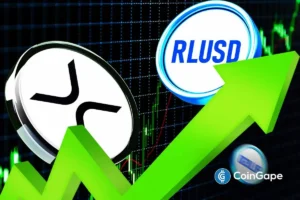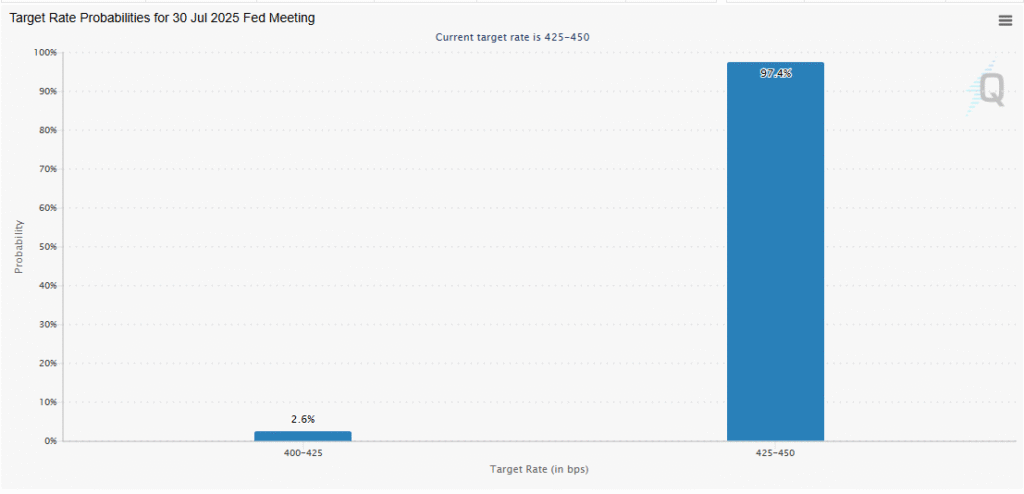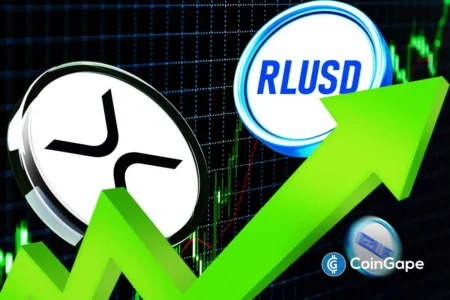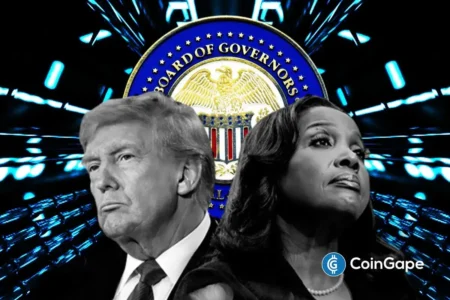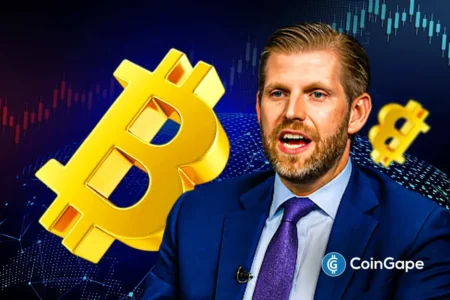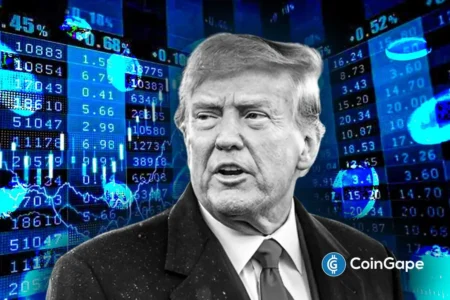Tensions Rise: Jerome Powell’s Legal Troubles Amid Rate Cut Controversy
The ongoing saga surrounding U.S. Federal Reserve Chair Jerome Powell has escalated significantly, particularly under the watchful eye of President Donald Trump. With mounting pressure from the president and his allies for a much-anticipated Federal Reserve rate cut, troubling allegations have emerged that could fundamentally alter Powell’s leadership at the Fed. U.S. Representative Anna Paulina Luna has taken the extraordinary step of referring Powell to the Department of Justice, citing perjury claims. This unfolding drama not only raises questions about monetary policy but also about Powell’s credibility and future at the Fed.
Allegations of Perjury: A Serious Matter
Representative Luna’s accusations against Powell are stark and serious. She contends that Powell lied under oath during his testimony to the U.S. Senate Committee on Banking regarding the renovation of the Federal Reserve’s Eccles Building. According to Luna, Powell’s statements included material false claims that could be classified as perjury. In a separate instance, she alleges that Powell misrepresented the nature of changes that escalated renovation costs from $1.9 billion to $2.5 billion. Luna’s claims are backed by documents reviewed by congressional investigators, which she argues contradict Powell’s assertions that these changes were merely minor adjustments.
The Political Climate: Trump’s Influence
President Trump’s vocal support for a rate cut adds a layer of complexity to this situation. Trump has explicitly urged the Federal Open Market Committee (FOMC) to implement a dramatic 300-basis-point cut, believing such a move is overdue given the current low inflation rates. Trump’s continued criticism of Powell, particularly concerning rate cuts, plays into a broader narrative of frustration with the Fed’s monetary policy. With the president’s comments and Luna’s allegations converging, the political pressure on Powell has intensified considerably.
Potential Consequences: Legal Ramifications for Powell
If the Department of Justice takes action against Powell based on Luna’s allegations, he could face severe legal consequences, including up to five years in prison alongside potential fines. While it remains uncertain whether these legal troubles could serve as grounds for Trump’s long-considered option to dismiss Powell, the political and legal implications are undeniably significant. Although Trump has stated he is unlikely to fire Powell, he has hinted that if these allegations are substantiated, Powell could opt to resign or be removed under duress. This precarious balancing act between legal scrutiny and policy-making has put Powell’s future in jeopardy.
Market Reactions: Speculations on Rate Cuts
As these perjury allegations unfold, market sentiment has responded with increased speculation about potential Fed rate cuts. Recent data indicates a 56.1% chance that the Fed may lower interest rates by the September meeting. However, experts caution that given the robust labor market as indicated by June U.S. job data, the likelihood of a rate cut during the upcoming July 30 FOMC meeting remains slim, with a staggering 97.4% probability that rates will remain unchanged. The juxtaposition of Powell’s legal challenges and the dynamics of interest rate policy paints a complex picture for the financial landscape in the U.S.
Conclusion: A Critical Juncture for the Federal Reserve
Jerome Powell finds himself at a critical juncture, balancing allegations of legal wrongdoing with the expectations of economic stakeholders. The pressures exerted by President Trump and key political actors like Anna Paulina Luna illustrate the intricate choreography between politics and monetary policy. As the potential for a criminal investigation looms, Powell’s credibility and capacity to lead the Federal Reserve face unprecedented scrutiny. As both the market and political spheres react to these developments, all eyes remain fixed on the Federal Reserve and its actions in the coming months. This situation serves as a reminder of how closely intertwined monetary policy decisions are with the political landscape, influencing both economic stability and individual careers.
In this unfolding drama, the ability to separate policy from political agendas will be essential for the future of the Federal Reserve.

